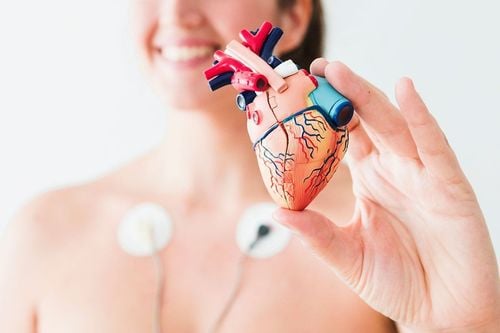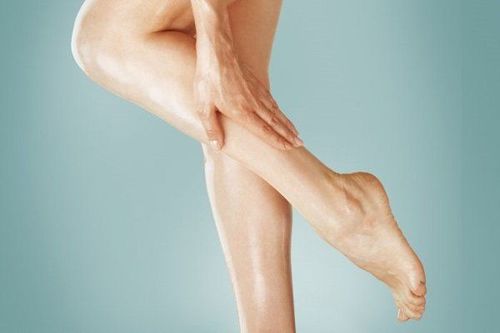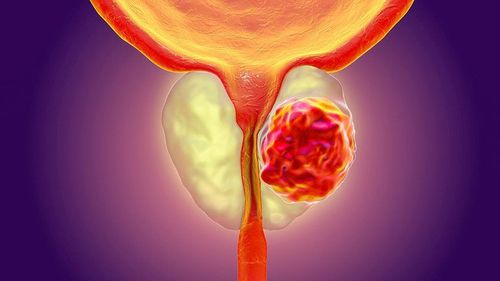Hot flashes without fever are a clinical manifestation that is observed by practitioners. Although the patient's life is not presently at risk, it is imperative to research and identify this potential disease early.
1. What is the feeling of hot flashes?
A sudden hot flash is a condition in which some parts of the body become hot, mainly the face, neck, and chest of the patient. Typically, the patient experiences red skin at this time, along with symptoms of sweating or chills. Additionally, the onset of hot flashes can cause red spots to appear on the face, followed by a rapid increase in heart rate. This condition can occur many times a day, each time lasting for a few minutes, and it tends to appear more at night. This abnormal condition can typically resolve on its own after about 4-5 years of occurrence.
2. What causes hot flashes but no fever?
Hot flashes have multiple etiologies, with changes in hormones during menopause being the most common factor. Another cause of this abnormal condition is:
- Abnormal changes are observed in the hypothalamus, the principal thermoregulatory center of the human body.
- Hot flashes are a side effect of drugs like Raloxifene, which is used to treat osteoporosis, and Tamoxifen, which is used to treat breast cancer.
- This condition can also occur in a few cases after using the pain reliever Tramadol.
- Foods and spices can also affect the body and cause hot flashes; for example, chili is a classic spice that causes this condition. Alcohol also dilates blood vessels and nerves, which in turn causes hot flashes.
- Another common cause is stress. Stress in life triggers the body to secrete hormones like epinephrine and norepinephrine, which increase blood circulation and cause hot flashes.
Similar to women in pre-menopause and menopause, men are also likely to have hot flashes. However, in addition to stress and drug side effects, other diseases such as testicular diseases, adrenal insufficiency, and prostate cancer can also trigger hot flashes in men.

Regardless of gender, the following risk factors will increase the likelihood of contracting the disease:
- Smoking;
- Weight gain, obesity;
- Inactivity, lack of exercise;
- People of African American, European ethnicity.
Use the following techniques to treat these unexpected hot flashes:
- Hormonal therapy: For women, the hormones used for treatment are estrogen and progesterone. However, those who have undergone a hysterectomy, have blood clotting problems, or have breast cancer require more specific notes and advice.
- Antidepressants: These medications, such as venlafaxine and paroxetine, can serve as alternatives to hormone therapy when it's unfeasible, but their effectiveness may not be at its peak.
Hot flashes, a condition that can affect both men and women, are not life-threatening, but they can cause extreme worry and negatively impact the patient's personal life. Therefore, it is necessary to go to the hospital for examination to find out the cause of hot flashes but no fever for the most effective treatment.
To arrange an appointment, please call HOTLINE or make your reservation directly HERE. You may also download the MyVinmec app to schedule appointments faster and manage your reservations more conveniently.













